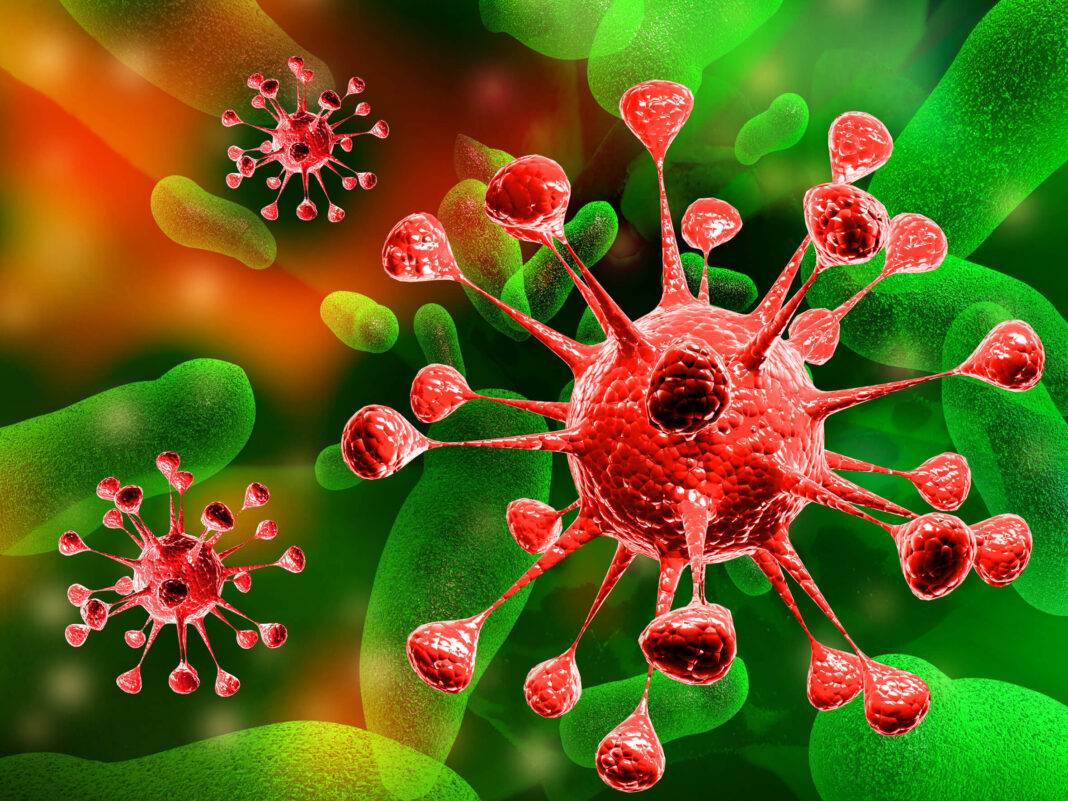Infections are a common occurrence that can affect individuals of all ages and backgrounds. Understanding the causes, symptoms, and preventive measures for infections is essential for maintaining good health and well-being. Let’s delve into the intricacies of infections and how they impact our bodies.
What is an Infection?
An infection occurs when microorganisms such as viruses, bacteria, fungi, or parasites invade the body and multiply, leading to an immune response. Infections can range from mild, such as the common cold, to severe, such as pneumonia or sepsis. The onset of symptoms varies depending on the type of microorganism involved and the body’s immune response.
Causes of Infections:
Infections can be caused by various pathogens that are transmitted through direct contact with infected individuals, contaminated surfaces, or airborne droplets. Common infectious agents include influenza viruses, Streptococcus bacteria, Salmonella bacteria, and Candida fungi. Factors such as poor hygiene, compromised immune function, and environmental conditions can increase the risk of infection.
Types of Infections:
Infections can affect different parts of the body and present with a wide range of symptoms. Common types of infections include respiratory infections (e.g., flu, pneumonia), gastrointestinal infections (e.g., food poisoning, gastroenteritis), skin infections (e.g., cellulitis, fungal infections), and sexually transmitted infections (e.g., HIV, chlamydia). Timely diagnosis and appropriate treatment are essential for managing infections and preventing complications.
Symptoms of Infections:
The symptoms of an infection vary depending on the type and severity of the illness. Common symptoms may include fever, chills, cough, sore throat, nasal congestion, diarrhea, vomiting, fatigue, and body aches. In some cases, infections can progress to more severe symptoms such as difficulty breathing, chest pain, confusion, or organ failure. It’s important to seek medical attention if you experience persistent or worsening symptoms of an infection.
Prevention Strategies:
Preventing infections involves adopting good hygiene practices, such as frequent handwashing, covering coughs and sneezes, and avoiding close contact with sick individuals. Vaccination is also a crucial preventive measure against certain infectious diseases, helping to build immunity and reduce the spread of pathogens within communities. Additionally, maintaining a healthy lifestyle, including proper nutrition, regular exercise, and adequate sleep, can strengthen the immune system and reduce the risk of infections.
Conclusion:
Infections are a widespread health concern that can have significant implications for individuals and communities. By understanding the causes, symptoms, and preventive strategies for infections, we can empower individuals to take proactive steps in protecting themselves and others from infectious diseases. Through continued research, education, and public health initiatives, we can work towards reducing the burden of infections and promoting overall health and well-being for all.
Source – National Institutes of Health



